nodemcu wifi jammer, WiFi Jammer is a gadget that is designed to disable wireless devices from hotpots. Why do you need it? You can imagine yourself as a friendly joke (a neighbor, of course, will be delighted when you cut off his Netflix or for example, a football match at the most interesting place) or a criminal application: an attacker can disconnect security cameras or other important equipment from the network. In this article we will discuss what are the inexpensive options for hardware deauthenticators, how to use them and how to protect against such attacks.

How does this “nodemcu wifi jammer” work
Unlike real jammers, which interrupt the signal of a radio transmitter with its stronger signal, the deauthenticator works at the program level. It implements a denial of service attack by sending a deauthentication frame to the router on behalf of devices connected to the network. Since this frame is not encrypted in any way, it is enough for a stub to find out the MAC addresses of the devices through the network traffic.
Deauthentication is usually part of a complex attack on a network. It is used to create an “evil twin” of the access point or to intercept a handshake, which then allows you to decrypt the password. However, jamming can be useful in and of itself.
All tips reviewed are highly recommended for educational use only. Blocking the transfer of data and the use of the considered funds may be prosecuted. To carry out penetration tests, you must obtain the appropriate written confirmation of the customer. Remember that the deauthorization data is stored in the logs of the router.
Recently, inexpensive and miniature boards supporting the NodeMCU software platform have become very popular. They are built on the ESP8266 module, which implements work with WiFi according to the standard 802.11b / g / n at a frequency of 2.4 GHz. Now there are two variants of such boards: with the CP2102 chip of the American company Silicon Labs or with the Chinese CH340.
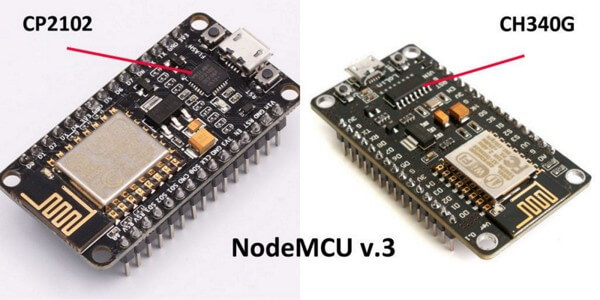
You can Get NodeMCU from Amazon with this link
Buy NodeMCU esp8266
These boards are positioned as devices for prototyping: on their basis, craftsmen create automated systems that are controlled via WiFi. The topic itself is quite exciting, but we are now interested in something else – the possibility of using NodeMCU to conduct attacks.
ESP8266 is unsuitable for full monitoring and injection of packages due to technical limitations, however it can be used as a deauthenticator – which led to the appearance of corresponding firmware. Last year, a good man with the pseudonym Spacehuhn unveiled the first one, but since then other versions have appeared – with additional features. However, before moving on to the software, we will decide on the choice of hardware.
I will demonstrate the process on the example of the motherboard of the Chinese manufacturer Dstike: ESP8266 stands on it and there are modes of operation as a client (P2P) and access points (soft-AP). You can manage the card from a smartphone or any other device with WiFi.
I note that the performance of the software does not depend on either the chip or the board – you can choose any option at your discretion. Dstike products alone are several options in different versions and for use in different situations. All they share one thing – the ability to jam the network.
Varieties of Dstike devices
Deauther Wristband – bracelet with built-in display, battery and switch. Convenient device for quick access to the control panel.
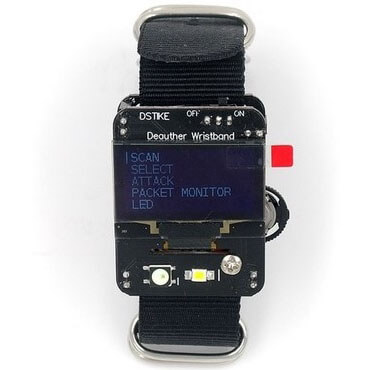
Deauther Power Bank – with a modified charge controller; management is carried out through a special panel. The controller has a connector for connecting an external antenna. Batteries not included. It is an inconspicuous device that can easily be left somewhere and used remotely.

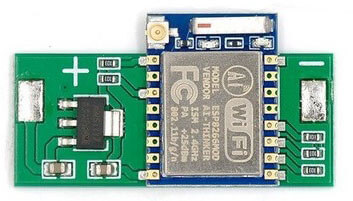
Deauther OLED V3.5 – in this version, you will additionally receive a connector for connecting an external antenna and a holder for a 18650 mAh battery. The device is controlled using buttons and a switch, and the output goes to the screen, which allows using this option without additional equipment.

The main advantage of these gadgets is the ability to select a specific network or all at once within range of the device. I’ll note, just in case, that a WiFi password is not required for an attack!
so how to make your own nodemcu wifi jammer ?
Installing Deauther 2.0
Let’s start with Deauther 2.0 – the very same firmware that Spacehuhn developed. In his repository on GitHub you can choose the version for a specific board.
Files with the extension bin are compiled sketches. They need to be installed on the board through a special loader. But if you want, then in the archives with the source code you will find libraries and sketches that can be put through the Arduino IDE.
Loading .bin
If you chose the option to download a binary, then first start the NodeMCU Flasher program. You can download it in the NodeMCU repository.
Install drivers for CP2102 or for CH340 . After that, we connect the board to the computer, open the NodeMCU Flasher program, select the COM port in the device manager in the “Ports (COM and LPT)” section. Now go to the Config tab, click on the gear and select the downloaded .bin file.
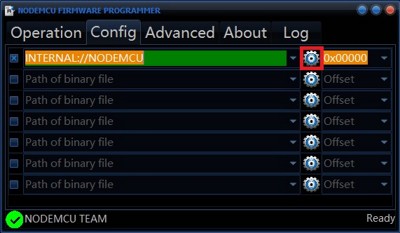
After adding the file, its path will appear in the line on the left. Go to Advanced tab and change your setting to this
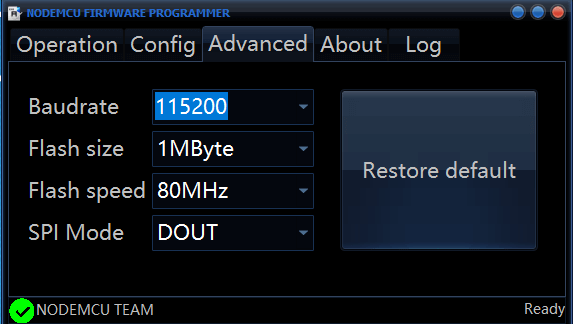
The recommended baud rate for uploading is 115200. You can try higher baud rates for faster uploading or slower ones if 115200 isn’t working very reliable.
Go to the Operation tab and click on Flash – the firmware will then be loaded into the board.
Connecting to ESP8266
- Scan for WiFi networks.
- Connect to pwned with the password deauther.
- Open 192.168.4.1 (or deauth.me)
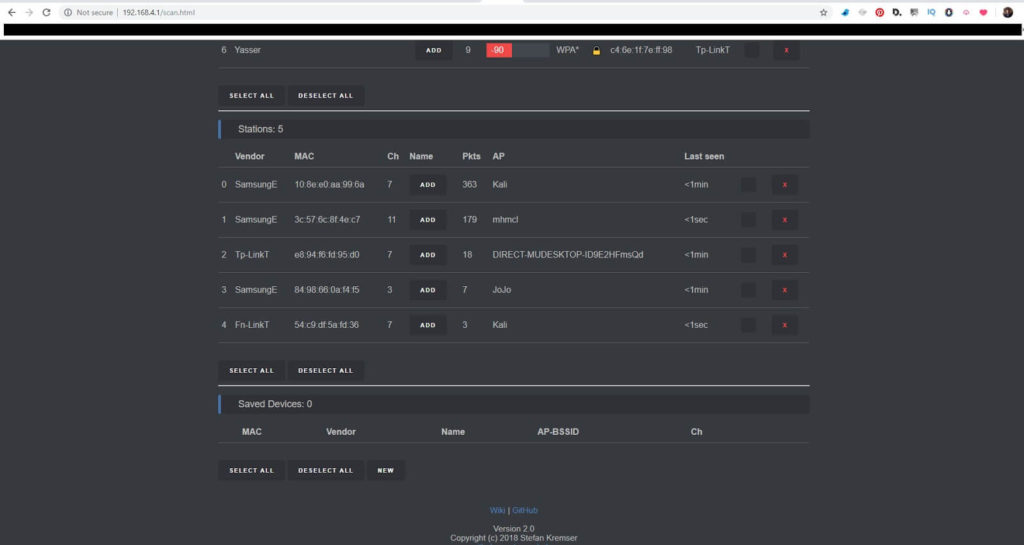
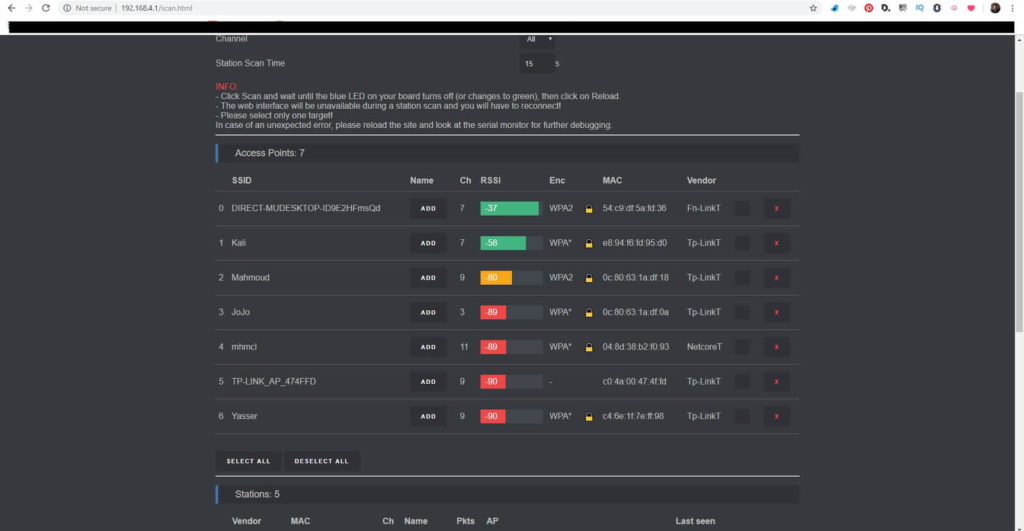
If you don’t see a pwned network, flash the ESP8266 again.
For more esp8266 Project you can check this book>

Does it also capture handshake while deauth ? or if someone tries to connect to a cloned AP, does it capture the creds ?
No it doesn’t capture those.
ive noticed the deauth stops after 15-20 mins , anyway for it to not stop?
Does ESP8266 work with devices using 5g networks?
Does ESP8266 work with devices using 5g wifi networks?